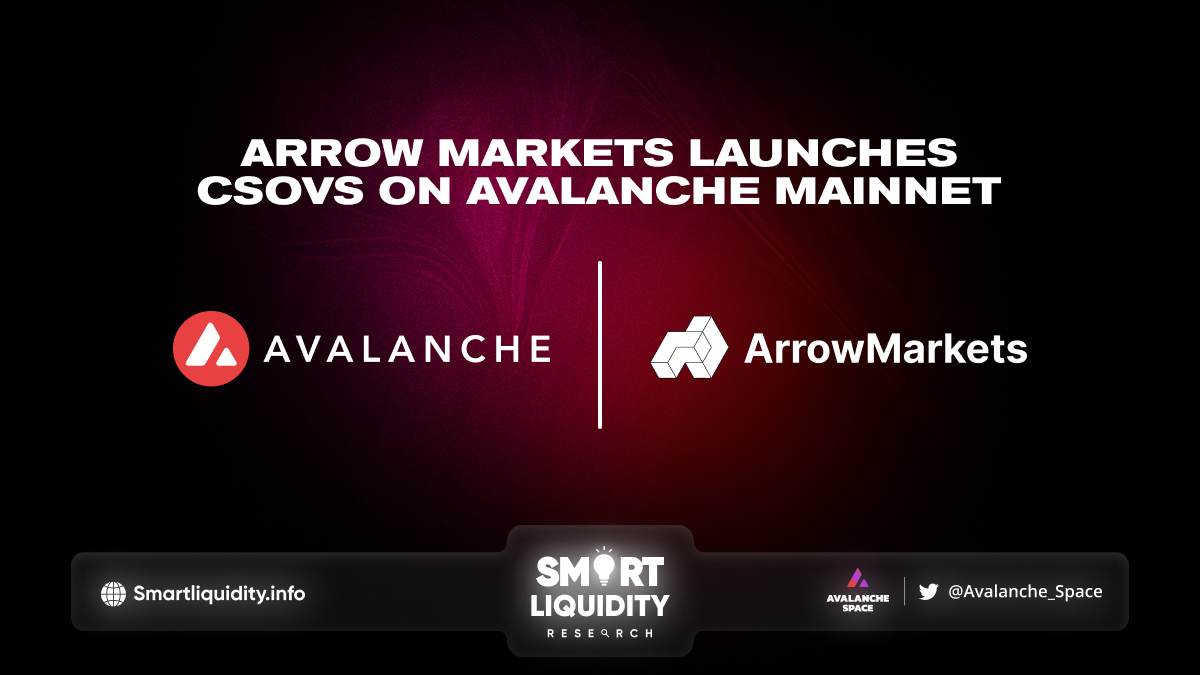Deposit Period and Expirations
The CSOVs currently implemented are long-lived contracts that implement 14-day circuits in perpetuity.
The stages of the circuit are as follows:
- An aggregation period where underlying liquidity is deposited (2–3 days)
- An execution period where buyers can buy options against the underlying liquidity, with prices powered by Arrow’s SVI (Stochastic Volatility Inspired) Engine (11–12 days)
- A settlement step (at expiration), where liabilities and premiums are aggregated and the cycle is rolled over. Depositors can claim premiums, and buyers can claim settlement payments at any time after expiration (0 days)
Strike Selection:
At the start of the execution period, the strikes of the call credit spreads are selected in the following way
- The short option strike is selected to be 10% above the spot price of the underlying at that snapshot in time
- The long option strike is selected to be 30% above the spot price of the underlying at that time.
More on CSOV’s Capital Efficiency:
CSOVs maximize capital efficiency by exploiting the boundedness of call spread payouts. We define the capital multiplier c = K1/(K1-K2) to be the maximum number of spreads created per unit of underlying liquidity. This allows underlying capital to be more productive than when writing covered calls. For instance, a 10% — 30% OTM spread can back 6.5 spreads, as opposed to only one covered call. Note that taking advantage of this “embedded leverage” comes with heightened risk exposure to your collateral. For example, if the expiration price happens to fall exactly on the higher strike (K2), you will lose all of the collateral deposited.
Over the next week we will be releasing more information in our docs on different ways to use our CSOVs as well as the risks associated with them.
Arrow Generalized Option Vaults (GOVs)
As mentioned before, CSOVs are the first vaults deployed using Arrow’s Generalized Option Vaults (GOV) Infrastructure.
Arrow’s Generalized Option Vault (GOV) infrastructure brings customizable, composable, capital-efficient workflows to options trading on Avalanche. GOVs can be built around any net short option portfolio and in the very near future, we will be rolling out put spread option vaults (PSOVs), Iron Condor Option Vaults (ICOVs) and Butterfly Option Vaults (BOVs).
Arrow’s GOVs are the product of a collaborative effort of exceptional developers, quants, and growth hackers. Arrow’s human capital is their greatest asset.
How to access CSOVs
The initial phase of the mainnet deployment is “guarded.” Vault capacity will be scaled up over time as more users are whitelisted. Addresses will be whitelisted on a weekly basis.
About Arrow Markets
A decentralized options AMM on Avalanche. Allowing anybody to easily contribute liquidity to the protocol in addition to the conventional market makers in exchange for platform income.
About Avalanche
Avalanche network is the blockchain industry’s quickest smart contracts platform digital asset. Avalanche is blazingly fast, low cost, echo-friendly Any smart contract-enabled application can outperform its competition by deploying on Avalanche.







